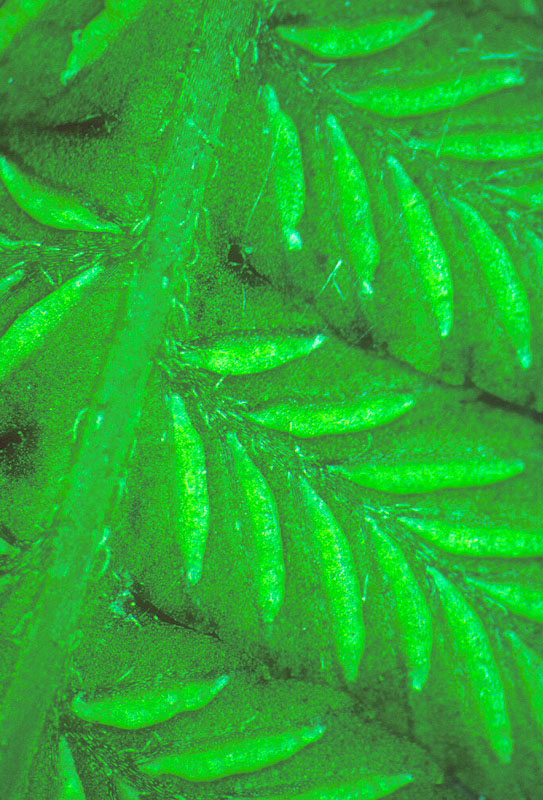|
Hardy Fern Home Deparia resources
All Ferns � Woodsiaceae �� Deparia
�Other Genera
|
| Deparia Earlier placement: | ||
|
Etymology
The word Deparia comes from the Greek depas, which is a cup or a beaker, and is thought to have described the shape of the indusium.
Description
Rhizome: short-creeping, scaly.
Frond: deciduous, trophopod, monomorphic. Stipe: green, shallowly grooved above, swollen or not at base, scales at base light brown, linear-lanceolate, vascular bundles: 2, lunate. Blade: 1-pinnate-pinnatifid, elliptic to ovate-lanceolate, herbaceous, multi-cellular hairs along costae. Pinnae: anadromous, costae grooved above, not continuous from rachis to costae, segments entire, crenulate, or serrate, veins free. Sori: elongate, � straight, or hooked at distal end, on veins, indusium: linear, persistent, sinus, sporangia: brownish.
Distinctive Characteristics
Distinguished from Athyrium and Diplazium by discontinuity in the grooves from the rachis to the costae. The linear sori are very similar to Diplazium, but are never back-to-back along a vein.
|
|
|
